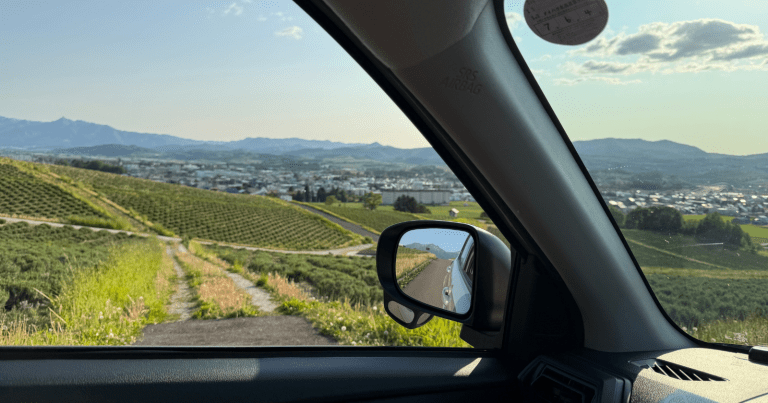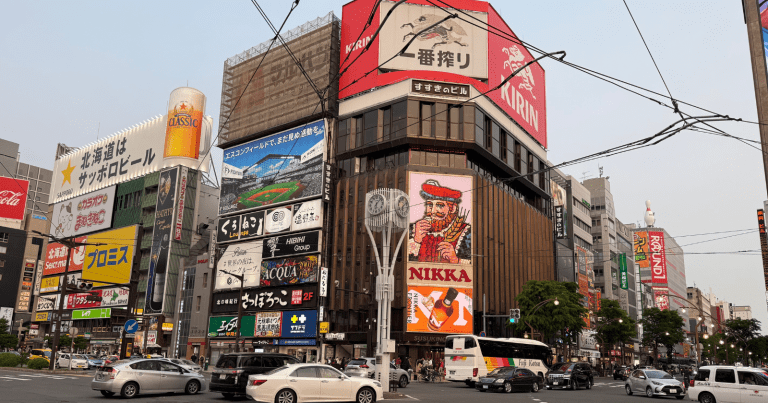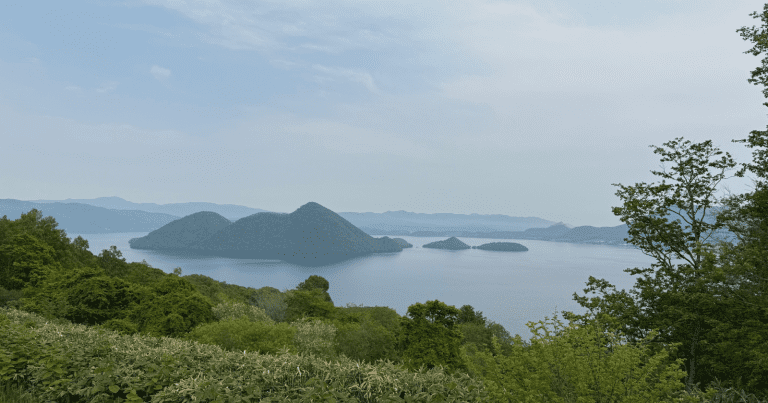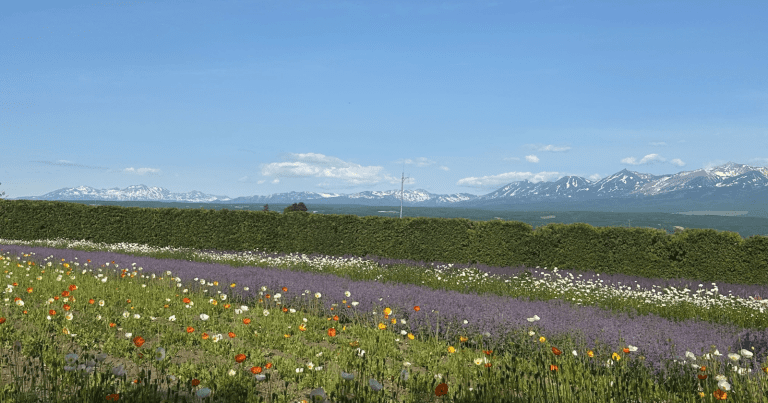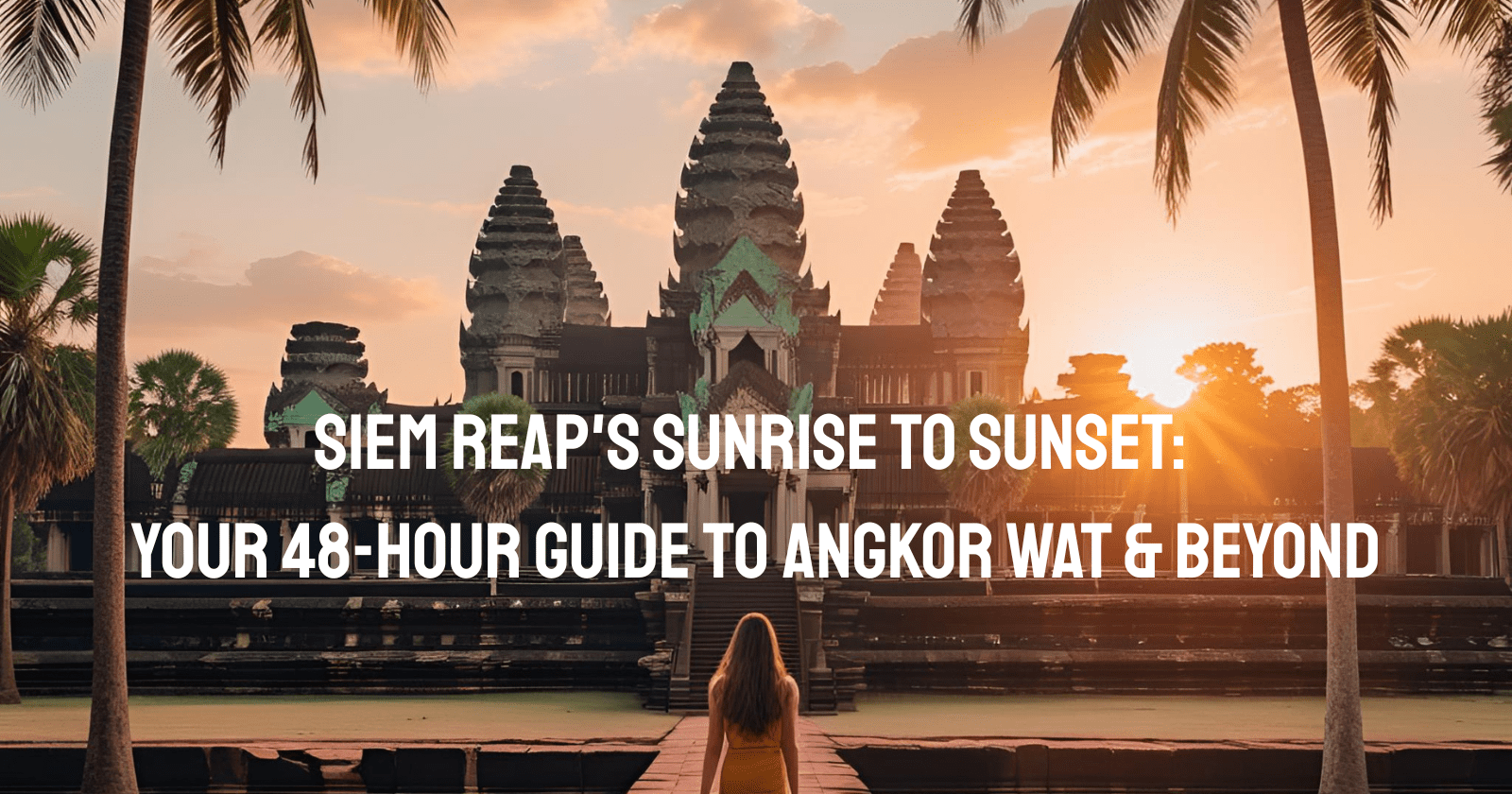
You’ve landed in Siem Reap, Cambodia, with just one precious weekend – or perhaps a quick stopover – to see one of the world’s most iconic archaeological sites. The clock is ticking, and the challenge isn’t just seeing Angkor Wat, but experiencing its magic and the surrounding wonders efficiently, affordably, and without feeling completely overwhelmed by the heat and the crowds.
This isn’t a leisurely stroll; it’s a tactical mission to maximize every minute. If you want a practical, actionable, and insightful 48-hour guide to Angkor Wat and the best of what Siem Reap offers beyond the temples, you’re in the right place. We’ll cut through the noise and give you the insider strategies to make your limited time truly count.
The most common pitfall for travelers with only 48 hours here is trying to see too much or, conversely, spending too long getting lost in logistics. You risk ending up exhausted, missing key experiences, and perhaps overpaying for simple services. Our goal is to empower you with the knowledge to navigate this ancient landscape and vibrant town like a seasoned pro, ensuring your limited time delivers maximum awe and minimum stress. Let’s break down how to conquer Siem Reap from sunrise to sunset, strategically.
The First 24 Hours
Your first morning begins before dawn. The iconic Angkor Wat sunrise is non-negotiable for many, but experiencing it smartly requires preparation. First, transportation: you need a tuk-tuk driver or a car and driver arranged the day before. Negotiate a price for a full day, covering the ‘Small Circuit’ (Angkor Wat, Bayon, Ta Prohm, etc.) and including the early pickup. Expect to pay around $15-$25 USD for a tuk-tuk for the day, or $30-$40+ for a car (prices fluctuate). The ‘why’ here is critical: haggling slightly the day before ensures you have a reliable ride waiting in the dark and avoids inflated prices or availability issues at 4:30 AM. Confirm the exact pickup time and location clearly.
Tickets are your next key consideration. The standard 1-day pass ($37 USD) is tight for 48 hours; the 3-day pass ($62 USD), valid for 10 days and usable on any 3 days, is almost certainly your better value and flexibility even for just two days of temple visits, as it allows a dedicated full day and then another partial day or visit to farther temples without rushing. Buy your pass the afternoon *before* your first sunrise. The ticket office opens until 5:30 PM, and if you buy after 5 PM, your pass is valid for the *next* day’s entry (plus the subsequent days if it’s a multi-day pass). This is a crucial hack: you get to use that pass to enter the complex for sunset *that evening* for free! It saves you precious time queuing on your sunrise morning and potentially gets you a bonus sunset visit.
For the sunrise itself, head to the reflecting ponds in front of Angkor Wat. Be prepared for crowds – this is where everyone gathers. Find a spot early (aim to arrive by 5:00-5:15 AM for a good view). The best photos often come from the pond on the left (when facing the temple). As the sun rises, the sky changes dramatically, silhouetting the temple spires. Don’t just stare through your camera; take a moment to absorb the atmosphere.
Once the sun is up and the main spectacle is over (around 6:30 AM), immediately head into Angkor Wat temple itself. The crowds will have dispersed slightly, heading for breakfast or to other temples, giving you a brief window to explore the main structure before the next wave arrives. Focus on the bas-reliefs and the central towers. Understanding the rich traditions and customs of Thailand explained (while Cambodia has its own distinct culture, there are overlapping Theravada Buddhist influences) can offer context to some of the art and architecture you see, but remember you’re in Cambodia with its unique history and Khmer art.
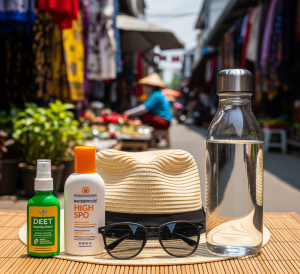 What to pack for this early start? Essentials include mosquito repellent (applied before you leave!), sunscreen, a hat, sunglasses, and plenty of water. Dress modestly – knees and shoulders must be covered to enter the main temples, especially Angkor Wat. A lightweight scarf is useful for covering shoulders if you’re wearing a tank top. Wear comfortable walking shoes. A small flashlight or phone light is helpful for navigating in the dark before sunrise.
What to pack for this early start? Essentials include mosquito repellent (applied before you leave!), sunscreen, a hat, sunglasses, and plenty of water. Dress modestly – knees and shoulders must be covered to enter the main temples, especially Angkor Wat. A lightweight scarf is useful for covering shoulders if you’re wearing a tank top. Wear comfortable walking shoes. A small flashlight or phone light is helpful for navigating in the dark before sunrise.
After exploring Angkor Wat, meet your driver and begin the Small Circuit. Your driver knows the route and the typical flow. The most popular stops include Bayon (famous for its giant stone faces) and Ta Prohm (the ‘Tomb Raider’ temple with trees growing through the stones). Advise your driver if there’s a specific temple you’re less interested in to save time, or if you want a brief stop at a less crowded spot. The key is efficiency: move purposefully between temples. Don’t feel you need to examine every carving; focus on the scale, the key features, and the atmosphere. Remember to stay hydrated; the heat can be intense even in the late morning.
Lunch strategy: Eating inside the temple complex is convenient but generally more expensive and geared towards tourists. Your driver will likely suggest a spot. A more budget-friendly and authentic option is to head back towards Siem Reap town for lunch. This breaks up the temple visits, allows a respite from the heat, and gives you a taste of local food at local prices. Negotiate this into your driver’s plan. A savvy traveler tip I learned the hard way: always clarify if the driver expects to wait for you during lunch or if you’ll arrange to meet them back at a designated temple afterwards. On my first trip, I assumed they’d wait, and a miscommunication led to a frustrating half-hour search for my ride in the midday sun. Be explicit!
The afternoon can focus on completing the Small Circuit or venturing slightly beyond. Consider Banteay Kdei or Preah Khan for slightly less crowded, yet still impressive, sites. As the afternoon wears on, consider your sunset plan. While returning to Angkor Wat is an option, the Pnom Bakheng temple (often requires a queue for limited access) or Sra Srang (the royal bathing pool) offer different perspectives and can be less chaotic than the main Angkor Wat sunrise spot. Discuss options with your driver based on current crowd levels and your location.
The Second 24 Hours
Day two opens up possibilities ‘beyond’ the core Small Circuit, depending on your energy and interests. With your 3-day pass, you could tackle part of the ‘Grand Circuit’ (Preah Khan, Neak Pean, Ta Som, East Mebon, Pre Rup) or venture further afield. However, with only 48 hours total, spending another full day temple hopping might lead to ‘temple fatigue’. A more balanced approach is to spend your second morning exploring perhaps one or two more temples from the Grand Circuit that pique your interest (Preah Khan is vast and interesting) and then dedicate the afternoon to Siem Reap town and its unique offerings.
Transportation on Day 2 can be flexible. If you liked your driver, you could negotiate a half-day rate. Alternatively, explore using Grab or PassApp (local ride-hailing apps for cars and tuk-tuks), which offer fixed prices and can be convenient for shorter trips around town. Renting a bicycle is also an option for exploring areas closer to town or less-visited temples, but be prepared for the heat and traffic.
For your second afternoon, dive into Siem Reap town. The Old Market (Phsar Chas) is a bustling hub where you can practice your bargaining skills (start at 50% or less of the asking price for tourist items, but be fair for local goods). Explore the side streets off Pub Street for interesting shops and galleries without the main strip’s intensity. Consider visiting the Artisans Angkor workshops to see traditional Khmer crafts being made – it’s a good place for quality souvenirs with a clear source. Understanding the local currency (Cambodian Riel) is useful, but USD is widely accepted, though often you’ll get Riel back as change for smaller amounts. Always carry small USD bills ($1s, $5s) for ease of payment.
Staying connected is crucial for navigation and communication. Pick up a local SIM card at the airport or in town (Cellcard and Smart are popular providers). Data is cheap and reliable in most areas, making ride-hailing apps, maps, and staying in touch easy. An eSIM is also a convenient option if your phone supports it. This is far more cost-effective than relying on international roaming and essential for using apps like Maps.me for offline navigation around the temple complex.
What You Need To Keep in Mind
Responsible tourism is particularly important when visiting sites like Angkor Wat. Support local businesses by eating at local restaurants and buying directly from artisans. Be mindful of your environmental impact, carrying a reusable water bottle instead of constantly buying plastic. Respect the local culture and customs, particularly around religious sites – dress modestly, remove hats when entering temples, and be quiet and respectful. Visiting Angkor Wat involves interacting with a sacred site, and respecting that enhances your experience and protects it for others.
As your 48 hours draw to a close, your final evening in Siem Reap offers a chance to reflect and refuel. Instead of default-heading to Pub Street (which is an experience in itself, but not for everyone), seek out local eateries on parallel streets for delicious and affordable Khmer food. Try Fish Amok or Khmer Curry. Lonely Planet offers excellent guides on finding local restaurants off the beaten path. Shopping for last-minute souvenirs? Focus on supporting local cooperatives or artists if possible. Practice polite bargaining – a smile goes a long way.
Regarding airport transfers, pre-arranging a tuk-tuk or car through your hotel or a Grab/PassApp is the most straightforward way to get back to Siem Reap International Airport (REP). Confirm the journey time (allow 20-30 minutes, more in peak traffic) and agree on the price beforehand if not using a ride-hailing app. Having this sorted the day before eliminates last-minute stress.
For ongoing information, traveler forums like the Cambodia section on TripAdvisor or resources like the New York Times travel section on Siem Reap can offer recent updates on temple conditions, transportation tips, and restaurant recommendations from fellow travelers. Leveraging these contemporary resources complements the static guidebooks.
To A Successful 48 Hours
Your 48-hour guide to Angkor Wat isn’t just about ticking off temples; it’s an opportunity for a concentrated dose of culture and history, even within a short timeframe. Approaching it with an open mind and a strategic plan allows you to absorb more than just the sights.
Ultimately, making the most of your Southeast Asian cities where digital nomads thrive on a budget visit like this requires prioritizing and being realistic. You won’t see everything, and that’s okay. Focus on experiencing the highlights deeply rather than rushing superficially through dozens of sites. Embrace the early mornings and plan for breaks to manage the heat. Use technology strategically for transport and navigation. And most importantly, engage with the local people respectfully – they are the heart of Cambodia.
To recap the most impactful strategies: Buy your temple pass after 5 PM the day before your first full temple day for bonus entry; pre-arrange your primary transportation (tuk-tuk/car driver) for key touring days, negotiating the price upfront; use ride-hailing apps for flexibility around town; and prioritize key temples like Angkor Wat, Bayon, and Ta Prohm on your first full day, leaving your second day for a mix of fewer temples and exploring Siem Reap town. Managing your time, transport, and hydration are your keys to success.
Armed with these actionable tips and strategies, you’re now equipped to transform a potentially chaotic 48-hour dash into a rewarding and manageable adventure. You can navigate Siem Reap and the wonders of Angkor Wat efficiently, afford common pitfalls, and truly enjoy the experience.




